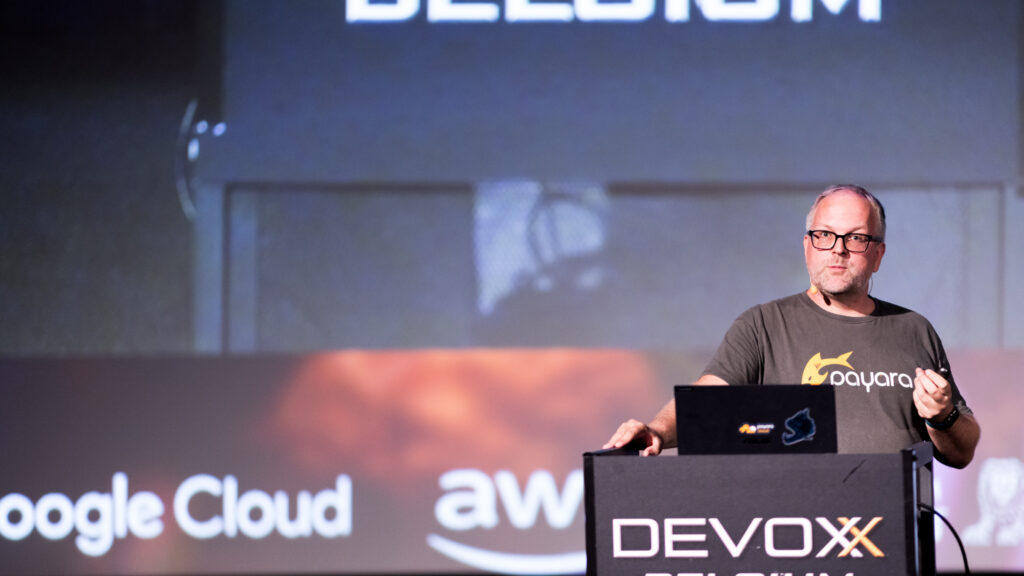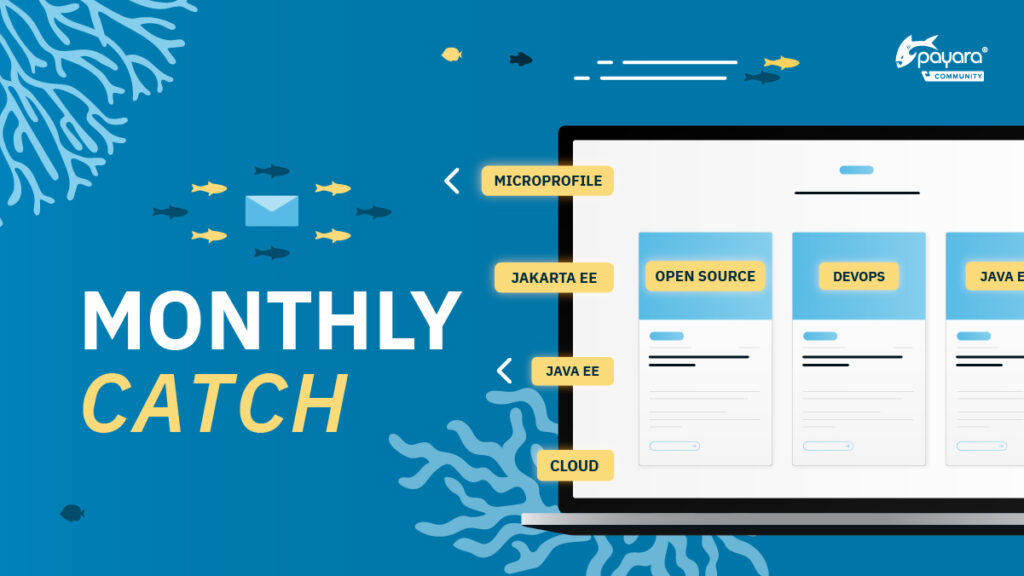 3 minutes
3 minutes
End-of-Life Technology: How to Drive Innovation Without Compromising Stability
When legacy systems approach end-of-life (EOL), enterprise IT teams typically face the choice of moving forward at all costs […]

Maven is arguably the most used build automation tool in the Java ecosystem. With that great power and popularity, comes great…configuration options! One such option that can leave you scratching your head is dependency scopes. This blog post takes a quick look at maven scopes, what they are and when to choose which scope.
Think of your maven project as a construction site. You need tools (dependencies) to get the job done. Maven dependency scopes help you answer this question: “When, exactly, do I need each specific tool?”
There are two core concepts you’ll need to understand before we take a look at the available scopes in maven. They are classpath and life cycles. A classpath is the list of locations your Java project looks in when looking for the code it needs, whether it’s your own code or dependencies. When it comes to life cycles, a maven project has two core stages that it goes through. These are:
Compile Time: Think of compile time as the transformation of your Java code (.java files) into a language the Java Virtual Machine (JVM) understands – bytecode (.class files). This is where your project’s external libraries are linked, and the compiler may optimize your code for efficiency.
Runtime: Runtime is when your application comes alive. The JVM executes the prepared bytecode. Your application now responds to user input, interacts with databases and can even have parts of its code recompiled by the JVM on the fly for better performance.
Now let’s break down the most common dependency scopes:
Let’s say you’re building a web application. You’ll likely need:
Remember to take the time to consider the right scope for each dependency. This initial investment might seem small, but it pays significant dividends down the line. By carefully managing your project’s toolbox, you’ll create applications that are leaner, easier to understand and more resilient to the challenges of updates and unexpected environments. Think of it as the difference between a haphazard pile of tools and a well-organized workbench – the right organization makes every task smoother and more efficient.
{{cta(‘b2e4c2b6-f33a-4ae4-9290-f1cf476f445a’)}}

Share:
 3 minutes
3 minutes
When legacy systems approach end-of-life (EOL), enterprise IT teams typically face the choice of moving forward at all costs […]
 5 minutes
5 minutes
At Devoxx Belgium 2025, I was able to talk about what happens after you build your container. In theory, […]
 5 minutes
5 minutes
Welcome aboard the October issue of The Monthly Catch!As the leaves turn and conference season hits full stride, the […]